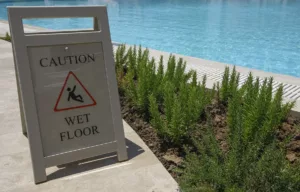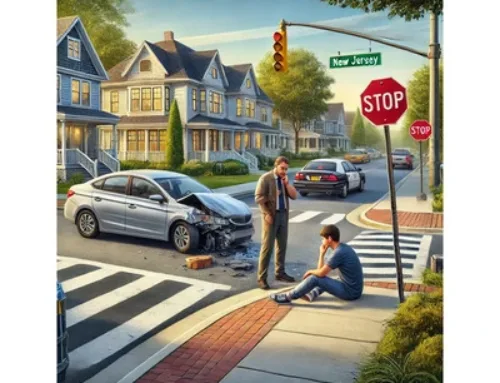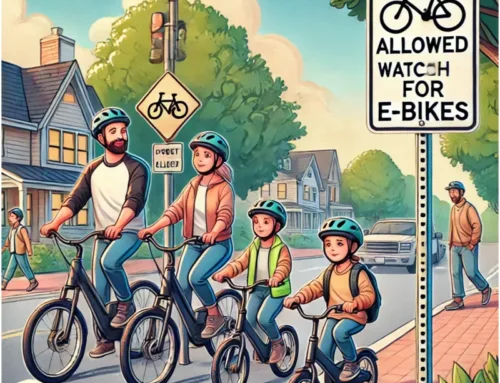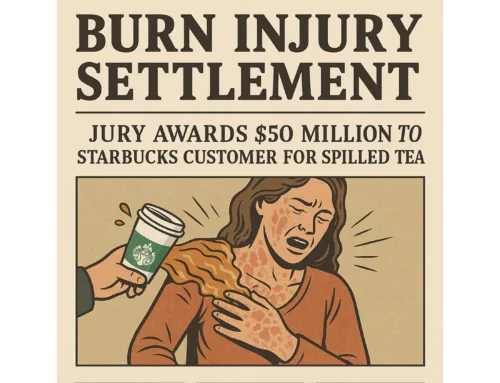Swimming pools are an excellent source of relaxation and fun during the warmer months of the year, but unfortunately, they are not without their dangers. Around a swimming pool, a moment’s inattention can turn a peaceful afternoon into the scene of a tragedy, and in many cases the sources of danger are easily overlooked. This makes it critical for anyone using a pool and its surroundings to stay alert for problems, and for those responsible for the maintenance of the swimming pool area to be vigilant in identifying and resolving hazards.
 Drowning
Drowning
The most obvious type of swimming pool accident is often also the most unexpected when it happens: drowning. While the right circumstances can render anyone at risk of drowning, the statistically greatest danger is for children. According to the CDC, drowning is the leading cause of death among children aged 1-4 years in the United States, and comes in second to automotive crashes in causing accidental injury death to children aged 5-14. In younger children, most drownings occur in residential swimming pools, often when the child is not expected to be near the water at all – in other words, when the child has gotten unauthorized access to the pool without supervision. Drowning can happen quickly and, unlike the dramatizations in television and film, is often very quiet, unaccompanied by heavy splashing and shouting. Even if a drowning victim is saved from dying, they may suffer brain damage or lasting disability due to oxygen deprivation. For every child under 18 who dies from drowning, other seven receive emergency care in the hospital after a nonfatal drowning incident. While children suffer the greatest risk of drowning, adults are not immune to this danger either; alcohol use and being unable to swim increase their risk.
Diving
In some public pools, you may notice signs warning against diving, either for the entire pool or certain sections. These warnings aren’t merely intended to spoil swimmers’ fun; they are alerting pool users that the water in these areas is not deep enough to absorb the diver’s momentum before they hit the bottom of the pool. A person who dives where the water is too shallow risks severe injury, particularly if they dive head-first. This can include traumatic brain injury (TBI) or neck injury, either of which can be fatal on its own or combined with the imminent danger of drowning. Residential swimming pools generally lack these depth warnings, but still have areas too shallow for safe diving.
Slipping
Similarly, lifeguards in public swimming pools are often quick to admonish patrons for running near the edge of the pool, which may seem like an effort to stifle fun but in truth is a genuine safety precaution. The smooth, slick surfaces surrounding a swimming pool become slippery when wet, an almost perpetual state given the traffic in and out of the pool combined with the splashing generated by swimmers. This creates a constant slip-and-fall hazard, with the added risk of falling into the water on top of the existing potential for injury from a fall onto a hard surface – which can include sprains and bone fractures, TBI, and injury to the neck, back, or spine.
Decontaminants
In order to keep artificial swimming pools safe for use, chemical decontamination (most often in the form of chlorine) is added to kill bacteria in the water. However, a careful balance of chemical decontamination must be struck, because these chemicals are also harmful to humans in high enough concentrations. If the pool contains too much of the sterilizing chemicals, it can cause eye irritation or even make swimmers ill – but too low concentrations can allow harmful bacteria to proliferate in the water which can also endanger swimmers. Moreover, if the sterilization chemicals are not stored securely away from public access, curious children and teens may be harmed; even the vapor given off when opening a chlorine container is poisonous.
There are a few simple but vital safety measures that can be taken, both by pool users and by property owners, to keep everyone safer around the swimming pool. For swimmers, obey posted safety warnings about diving and running, move carefully around the pool, and supervise children at all times. Even a minute or two is more than enough time for a swim to turn tragically wrong, or for a child to find their way to a place they aren’t supposed to be. Avoid alcohol by the poolside and consider swimming lessons for any family members who haven’t learned. Pool owners should carefully store and secure sterilization chemicals, cover the pool when not in use, and install a four-sided fence that isolates the swimming pool from the house. A property fence only keeps out strangers, while a fence that fully encloses the pool protects the family as well.
Contact MyNJInjuryLawyer Howard P. Lesnik
If you or a loved one suffered an injury in an accident in NJ, you should contact an attorney familiar with handling these claims. An experienced NJ Injury Lawyer will know how to obtain medical records, videos, photographs, experts, locate witnesses and contact the insurance company so you can make a claim for your injuries.
My NJ Injury Lawyer Howard P. Lesnik, Esq. offers complimentary strategy sessions to address any issue or questions you may have for your injury claim in NJ.
Please contact NJ Injury Lawyer Howard Lesnik, Esq., immediately if you were involved in an accident. I personally handle NJ personal injury cases on a regular basis. Please contact me now by email, by phoning 908.264.7701, or by completing the form to the right to schedule your complimentary 30-minute strategy session. Call me direct and I will answer 5 questions that you have about your potential claim.







